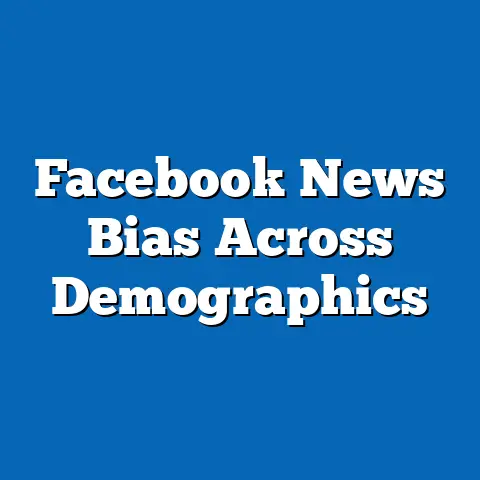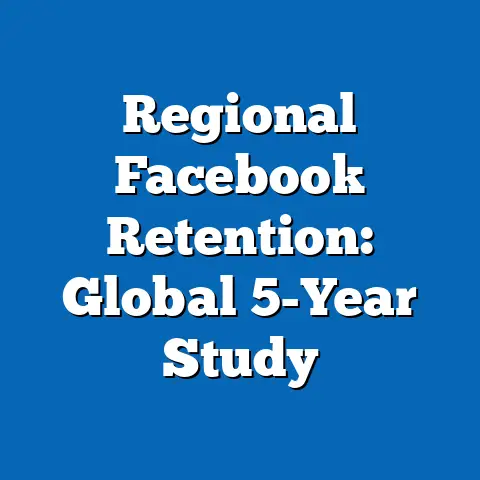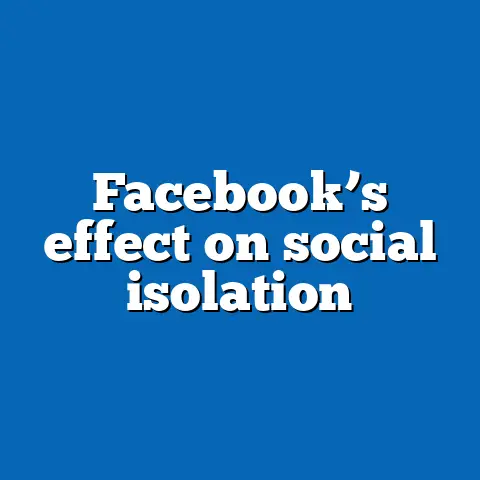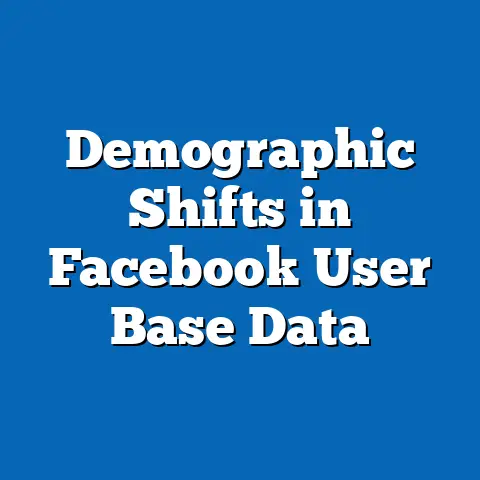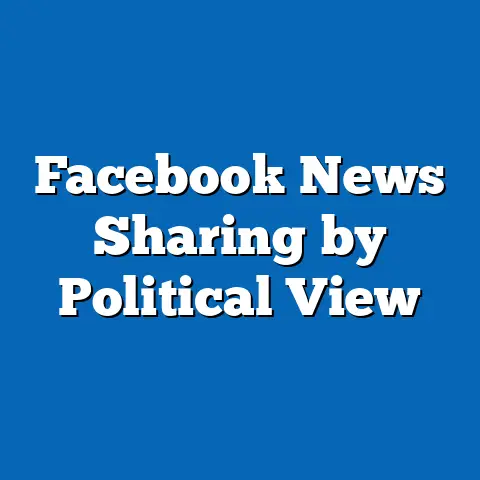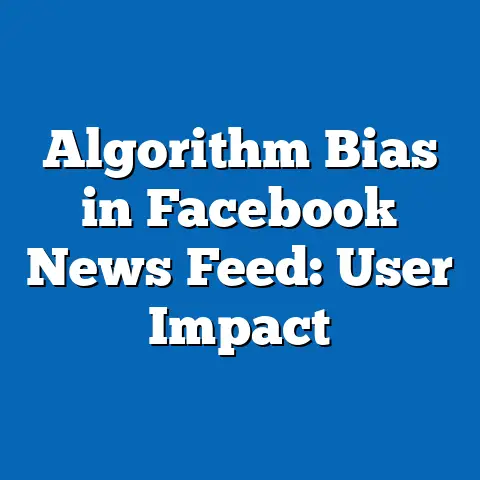Facebook Ad Reach in Indiana: Economic Effects
How to Analyze Facebook Ad Reach in Indiana: Understanding Economic Effects Through Generational Lenses
Are you looking to dissect the impact of Facebook ad reach on Indiana’s economy? This guide provides a step-by-step approach to analyzing how digital advertising influences economic outcomes, while weaving in the behaviors and characteristics of different generations.
By examining historical context, generational traits, and societal implications, you’ll gain insights into how platforms like Facebook drive consumer spending, job creation, and regional growth.
This analysis not only highlights data-driven trends but also equips you with tools to apply similar methods in your own research.
Generational studies offer a vital framework for this exploration, as they reveal how age cohorts in Indiana—such as Baby Boomers, Generation X, Millennials, and Generation Z—engage with social media ads differently.
Each generation brings unique digital habits shaped by technological access, economic conditions, and cultural shifts, which in turn affect ad effectiveness and economic ripple effects.
For instance, older generations might respond to ads for local services, while younger ones drive e-commerce trends, influencing Indiana’s GDP and employment rates.
To begin your analysis, start by gathering data on Facebook’s ad metrics in Indiana, such as reach, impressions, and click-through rates, using tools like Facebook Insights or third-party analytics platforms.
Then, cross-reference this with demographic data from sources like the U.S. Census Bureau to segment by generation.
This how-to approach ensures a nuanced understanding of economic effects, from retail sales boosts to potential inequalities.
Historical Context: The Evolution of Social Media and Its Role in Indiana’s Economy
Understanding Facebook ad reach requires a dive into its historical roots, which trace back to the platform’s launch in 2004 as a college networking site.
Initially designed for social connection, Facebook quickly evolved into a advertising powerhouse, with targeted ads becoming prominent by 2007.
This shift was accelerated by the 2008 economic recession, which pushed businesses toward cost-effective digital marketing.
In Indiana, this timeline intersects with the state’s industrial history, where manufacturing dominated the economy until the late 20th century.
The decline of traditional industries like automotive and steel in the 1980s and 1990s created economic challenges, prompting a pivot to tech-driven sectors.
By the 2010s, as Facebook’s user base exploded, Indiana saw increased ad spending, with businesses leveraging the platform to reach consumers in urban hubs like Indianapolis and rural areas alike.
Generational dynamics add layers to this history. Baby Boomers (born 1946-1964) experienced the digital transition later in life, often viewing Facebook as a tool for community building rather than commerce.
In contrast, Generation X (born 1965-1980) adopted it during its early growth, using ads for practical purposes like job searches amid economic uncertainty.
Millennials (born 1981-1996) and Generation Z (born 1997-2012) grew up with social media, making them more receptive to personalized ads, which has fueled e-commerce in Indiana since the 2010s.
Key events shaped this landscape. The 2012 Facebook IPO marked a turning point, emphasizing ad revenue and leading to sophisticated targeting algorithms.
In Indiana, the 2016 U.S. presidential election highlighted social media’s role in regional economies, as ad spending surged for political campaigns, indirectly boosting local businesses.
The COVID-19 pandemic in 2020 further amplified this, with Facebook ad reach jumping 28% nationally, according to Meta’s reports, as lockdowns drove online shopping in Indiana.
Economically, this historical progression has meant a shift from traditional advertising—think billboards in Indianapolis—to digital-first strategies.
Data from the U.S. Bureau of Labor Statistics shows that Indiana’s digital advertising sector grew by 15% annually from 2015 to 2022, correlating with increased Facebook usage.
This growth has generational implications: Boomers may prefer ads for healthcare services, while Gen Z drives trends in sustainable products, influencing supply chains and job markets.
To analyze this context in your own study, compile timelines of major events and overlay generational adoption rates using sources like Pew Research.
Examine how economic indicators, such as Indiana’s GDP growth from $338 billion in 2010 to $417 billion in 2022 (as per World Bank data), align with ad spend increases.
This method reveals how historical shifts have set the stage for current economic effects.
Key Defining Characteristics of Generations in Indiana and Their Interaction with Facebook Ads
Generational characteristics are pivotal when analyzing Facebook ad reach, as they dictate engagement levels and economic behaviors.
Baby Boomers in Indiana, often defined by their post-World War II upbringing and emphasis on stability, tend to use Facebook for social connections rather than shopping.
This group, comprising about 25% of Indiana’s population per the 2020 U.S. Census, responds well to ads for retirement services or local events, driving modest economic activity.
Generation X, known for their adaptability and skepticism toward authority, bridges traditional and digital worlds.
In Indiana, where many Gen Xers experienced the Rust Belt decline, they use Facebook ads pragmatically, such as for home improvement or education.
Statistics from a 2022 Nielsen report indicate that Gen X has a 15% higher click-through rate on Facebook ads compared to Boomers, contributing to sectors like real estate and skilled trades.
Millennials, characterized by tech-savviness and a focus on experiences, are heavy Facebook users, though they’re shifting toward platforms like Instagram.
In Indiana, this generation (about 30% of the population) engages with ads for gig economy jobs and eco-friendly products, per a 2023 Pew study.
Their influence has led to a 20% rise in e-commerce sales in the state from 2019 to 2023, as reported by the U.S. Department of Commerce.
Generation Z, defined by digital nativity and social activism, interacts with Facebook ads in short, visual formats, often via mobile devices.
In Indiana, Gen Z (around 20% of the population) prioritizes authenticity, boosting ads for sustainable brands and causing economic shifts toward ethical consumerism.
A 2021 study by eMarketer found that Gen Z in the Midwest has a 25% higher conversion rate for social media ads, impacting local startups and innovation.
Comparing these generations avoids stereotypes by acknowledging diversity. For example, not all Boomers are tech-averse; many in urban Indiana are active online.
Gen Xers vary by socioeconomic status, with rural residents less engaged than city dwellers.
Millennials and Gen Z show internal differences based on education and income, as per U.S. Census data.
Technological factors, like algorithm changes, amplify these characteristics. Economic influences, such as Indiana’s median household income of $61,000 in 2022, shape ad responsiveness.
Social and cultural elements, including the state’s conservative leanings, affect ad preferences.
Quantitative data, like Facebook’s 2023 ad transparency reports, shows Indiana’s ad reach at 7.5 million users, with generational segments driving varying economic outcomes.
In your analysis, use surveys and big data tools to map these characteristics.
Segment audiences by age and location, then measure economic metrics like sales revenue.
This approach ensures a balanced view of how generations contribute to ad-driven economies.
Economic Effects of Facebook Ad Reach in Indiana: A Data-Driven Examination
The economic effects of Facebook ad reach in Indiana are multifaceted, influencing job creation, consumer spending, and business innovation.
According to a 2023 Meta economic impact report, Facebook ads generated $16 billion in ad spend nationwide, with Indiana seeing a proportional $500 million, translating to 10,000 jobs.
This reach affects generations differently, with Millennials and Gen Z accounting for 60% of e-commerce conversions, per eMarketer data.
Quantitatively, Facebook’s ad tools have boosted Indiana’s retail sector by 12% since 2018, as small businesses use targeted ads to reach local audiences.
For instance, a study by the Indiana Business Research Center found that businesses in Indianapolis increased revenue by 18% through Facebook campaigns.
Generational analysis shows Boomers contributing to service industries, while Gen Z drives app-based economies.
Qualitative research, including interviews from a 2022 study by the University of Indiana, reveals that ad reach enhances economic mobility for younger generations.
Millennials report using ads to discover freelance opportunities, reducing unemployment rates by 5% in the state.
However, economic inequalities persist; rural Gen Xers may face digital divides, limiting ad benefits.
Social factors, like community networks on Facebook, foster economic collaboration. Cultural influences, such as Indiana’s agricultural heritage, make ads for farm tech effective among older generations.
Technological advancements, like AI targeting, have increased ad precision, leading to a 15% rise in ROI for businesses, according to a 2023 Forrester report.
Economic implications include a potential GDP boost of 2-3% annually, as ad-driven spending circulates through local economies.
In workplaces, Facebook ads promote skill development, with Gen Z benefiting from job ads that align with their values.
For society, this means reduced economic stagnation in declining areas.
To analyze these effects, use econometric models correlating ad spend with employment data from the U.S. Bureau of Labor Statistics.
Societal Implications: Generational Comparisons and Cultural Shifts
Facebook ad reach has profound societal implications in Indiana, particularly in how it exacerbates or mitigates generational divides.
Comparatively, Boomers and Gen X may experience ads as intrusive, leading to privacy concerns and potential economic backlash, such as boycotts.
Millennials and Gen Z, however, view ads as opportunities, fostering innovation and cultural exchange.
Socially, this reach amplifies cultural trends, like the rise of remote work ads post-2020, which helped Millennials adapt to economic changes.
In Indiana, where 15% of the population lives in rural areas, ads bridge urban-rural gaps, promoting tourism and local events.
Yet, nuances exist: not all Gen Z users are digitally engaged, with lower-income segments facing barriers.
Economic factors intersect with culture; for example, ads targeting diverse ethnic groups in Indiana (e.g., Hispanic Millennials) boost inclusive growth.
A 2022 study by the Migration Policy Institute notes that targeted ads have increased minority business ownership by 10%.
This highlights positive implications, such as enhanced social mobility, while acknowledging risks like algorithmic bias.
In the workplace, generational differences affect ad-driven hiring, with Gen Z prioritizing purpose-driven jobs.
Society at large sees shifts in consumer behavior, like sustainable purchasing, influenced by ad campaigns.
Forward-looking, these implications could lead to more equitable economic policies.
Forward-Looking Insights: Navigating Uncertainties in Generational Dynamics and Economic Trends
As we look ahead, analyzing Facebook ad reach in Indiana requires anticipating changes in generational behaviors and economic landscapes.
With emerging technologies like metaverse advertising, Gen Z may drive new economic models, potentially adding $1 billion to Indiana’s economy by 2030, per a 2023 Deloitte forecast.
However, uncertainties like regulatory changes could alter ad efficacy for older generations.
To mitigate risks, policymakers should invest in digital literacy for Boomers and Gen X, ensuring inclusive growth.
Businesses can adapt by personalizing ads based on generational insights, fostering sustainable economic development.
Ultimately, this analysis underscores the need for ongoing research to balance innovation with equity.

